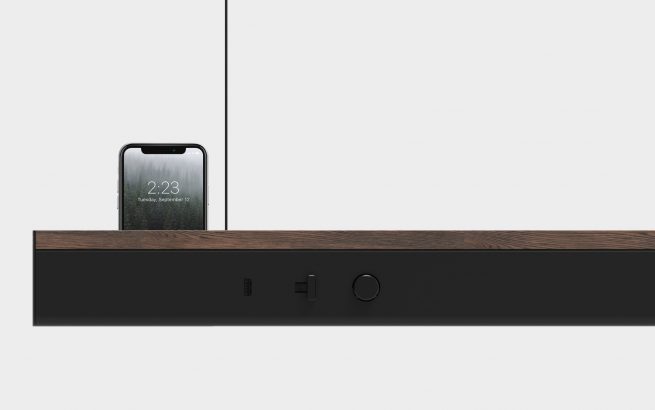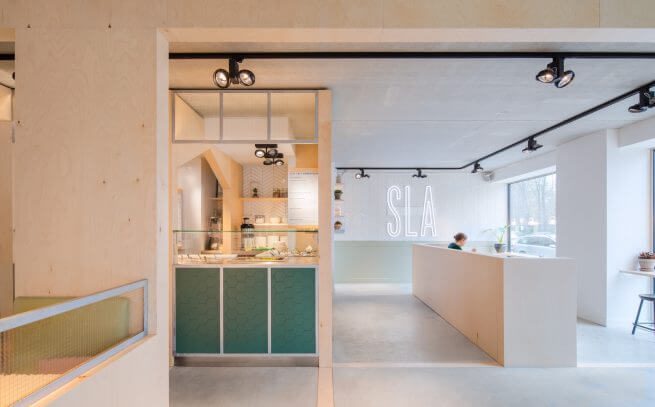Architecture, Interior & Design in Amsterdam
Are you looking for an Architect & Interior Designer in Amsterdam? Well…Look no further! We do both!
We are Standard Studio, a team of young and ambitious design professionals ready to help you with your project. At Standard Studio we have everything you need to realize your dream. Our team has a wide variety of enthusiastic architects, interior designers, and product designers to help you with your upcoming project. We love to integrate contemporary art, graphic design, and product design. With a big network of professionals in the field and the office, we have someone for every task you can imagine.
Standard Studio is constantly on the lookout for clients who seek to make a distinctive impact. We thrive on projects that defy convention, be it in their form, function, or any other element that sets them apart. Challenge us, and we will deliver innovative solutions that surpass your expectations. Whether you are a Start-up or Scale-up looking for a funky workspace or a well-known brand that needs an Office redesign. We can help you to design your dream. There are no limits to what we can do to create your dream. For us, it doesn’t matter how big or how small your project is … As long as we are challenged to make impossible things possible. Below you find some of our projects. They range from an urban villa to a canal house or even a 15m2 micro apartment… Next to that, you can find projects ranging from a museum restaurant to a juice bar and even a nightclub.
Do you want to know what we can do for you? Contact us now!



































































